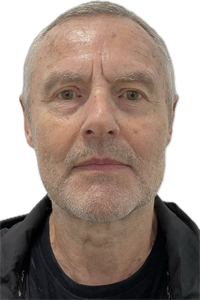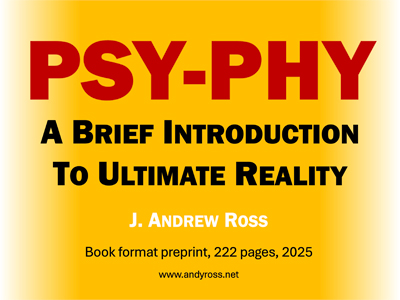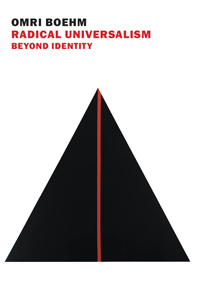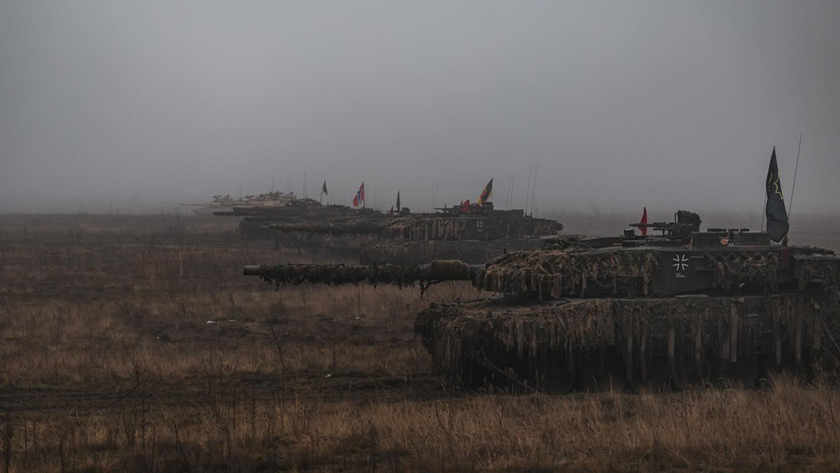|

The Final Act
|
|
2026 January 5
Homeland Insecurity
David Betz, MLR Smith
Western societies are entering the long twilight of civil war.
In the UK, the 2016 referendum on EU membership exposed the fragility of democratic authority. The referendum result was a close but unambiguous decision to leave. What followed was a prolonged demonstration of elite obstruction.
In the EU, a habitual disdain for unfavorable verdicts from the ballot box illustrated how ruling elites, when confronted with electorates that refuse to ratify their designs, simply set aside the principle of popular sovereignty.
Liberal democracy withers away when the political culture becomes theater. Legitimacy collapses and violence begins. The Brexit saga shows how mass uprisings erupt when those in power alter the rules to the detriment of the governed.
Demographic change drives a perception of cultural dispossession. Native citizens sense political and economic decline as growing Muslim communities resist assimilation. Natives abandon major cities and migrants consolidate in enclaves.
Polarization, disillusionment with normal politics, and yawning gaps between public expectations and elite delivery are the classic precursors to civil war. Erosion of prospects makes governments appear as managers of decline and nudges populations toward civil conflict.
Younger generations across the West are materially disadvantaged compared to their parents earlier. Their prospects for stable employment are diminished, their savings and pensions meager, and their likelihood of owning homes drastically reduced.
A swelling cohort of disaffected young people faces the prospect of living with third-world levels of violence. Women and girls bear the brunt of this insecurity. In Britain, statistics show rape offenses at their highest recorded level, doubled in number over the past decade.
Modern insurgencies and terror networks are leaderless movements that form around a compelling narrative. In Europe, such a narrative surrounds a perception of demographic displacement. Native populations interpret migration as engineered transformation in defiance of popular opposition.
The governing class has no superior narrative and offers only managerial drift. When the governors fail to channel discontent, the marginalized resort to collective action. These events reveal a state without legitimacy, without direction, and without a future.
Three decades ago, most Western states could still be described as cohesive national communities. Today, they resemble patchworks of tribes. This transformation is calamitous.
The ideology of progress in the West underwrote every other social and political claim. Progress is now experienced as dispossession, creating states in which legitimacy has evaporated, grievances are mounting, and the architecture of stability is crumbling.
The most potent source of agitation in Western societies is mass immigration. When immigration is seen as imposed displacement, the result is political dynamite.
Social capital sustains societies just as financial capital sustains economies. Ethnic diversity corrodes it. Diverse communities show diminished trust, weaker voluntary associations, higher levels of crime, and heightened alienation. Shared resentment forges strange alliances with Islamists.
Governance has become economic management. Nations are no longer imagined as communities bound by history or mutual obligation but as balance sheets to be managed. The ruling class is drawn from high finance.
When rulers cannot protect, they lose everything.
AR This is my radically reduced take on a long and heavy scholarly article. I've cherry-picked its hot topics and edited it for clarity, but the main claims and argument are authentic. I don't accept its conclusions at all, but I think we need a clear reckoning with the point of view it represents.
The article struck me as a jeremiad consistent with the views expressed by Nigel Farage in the UK, both in his UKIP days and in his new Reform guise. As this finding suggests, I'm eager to refute its argument, as well as similar claims expressed by Donald Trump and his MAGA supporters.
Refuting a purportedly scholarly argument takes more than putting a political label on it, so let's tackle the claims as they appear here.
First, the Brexit saga revealed a lot more than elite obstruction. It revealed elite dismay, followed by incompetence, as the enormity of the challenge dawned on the people involved. Since the Leave campaign had been based on lies by wealthy tax-dodgers with support from Kremlin manipulators, no‑one could have made Brexit work.
Second, popular disillusion with politics isn't always a righteous response to venal elites. People can be misled or deluded, not only by evil manipulators but also by the sheer opacity and difficulty of the issues that arouse their ire. This is a deep flaw of democracy that makes pawns of rulers and ruled alike in face of wider forces, or fate.
Third, diminishing economic prospects aren't inevitable in a world where AI and robots promise both goods and good order in abundance to any society smart enough to take proper advantage of them. The obvious narrative to help us do so is that it's mainly the expense and dislocation of war − civil or otherwise − that might hinder us.
Fourth, it's too easy to demonize Muslim immigration. Modern societies are surely strong enough to overcome the evils of medieval mindsets that thrive mainly on social alienation and moral atavism. The challenge in the age of social media and secular morality is to forge new narratives of progress that fill the vacuums left by old woke views.
Fifth, sound economic management is integral to good governance, but we need more. We need a great story that sets souls alight − not jeremiads about civil war.
2026 January 4
Trump Targets Caracas: What Next?
Stephen Wertheim
In February 2022, Vladimir Putin declared parts of eastern Ukraine to be independent and sent in Russian troops to serve as peacekeepers. Donald Trump was impressed: "This is genius .. We could use that on our southern border."
In January 2026, Trump ordered military strikes to seize Venezuelan dictator Nicolas Maduro. Trump played the conquering hero: "We are going to run the country .. American dominance in the Western Hemisphere will never be questioned again."
The United States is transmuting the war on terror into a war on narco-terror. Enmity once directed at Mideast terrorists is turning toward threats in the Americas. Trump spoke in his address on Venezuela about the troops he sent into US cities.
Trump took office promising to annex Greenland and take back the Panama Canal. Now that he has ousted Maduro, success may embolden his administration to try to remake the entire Western Hemisphere to its liking.
US oil giants will 'go in'
Callum Jones
Trump claims that US oil giants will rebuild the Venezuelan oil industry: "We're in the oil business .. We're going to have our very large United States oil companies .. go in, spend billions of dollars .. and start making money for the country."
Naked imperialism
Tiago Rogero
The US action in Venezuela follows a long history of interventions in South and Central America and the Caribbean. But it is the first direct US military attack on a South American country.
Covert actions helped topple democratic governments and usher in military dictatorships in Brazil, Chile, and Argentina. Overt US military operations had been confined to closer neighbors in Central America and the Caribbean.
The Trump corollary to the Monroe doctrine − the "Donroe doctrine" − exposes every country in the region to US intervention.
You break it, you own it
Thomas L Friedman
Trump on Venezuela: "We are going to run the country until such time that we can do a safe, proper, and judicious transition .. We are not afraid of boots on the ground if we have to."
Maduro and his allies were controlling Venezuela through violent repression and the stealing of elections. Venezuela has roughly 28 million people after nearly 8 million fled the country, mostly to other Latin American and Caribbean nations.
[Venezuela has more proven crude oil reserves − some 300 billion barrels − than any other country.]
Most of Venezuela's oil is exported to China.
AR Grab the oil, get rich, snub China, impress Putin, thrill the MAGA base, shock libtards worldwide − from Trump's perspective, what's not to like?
|
















